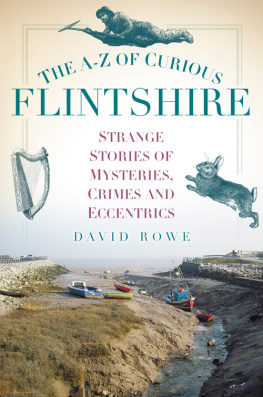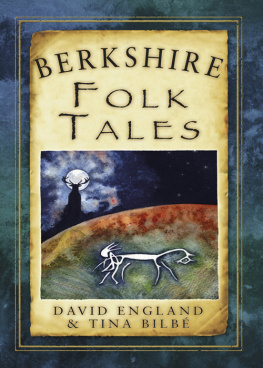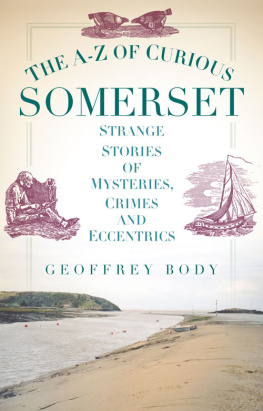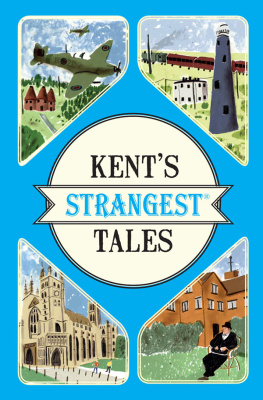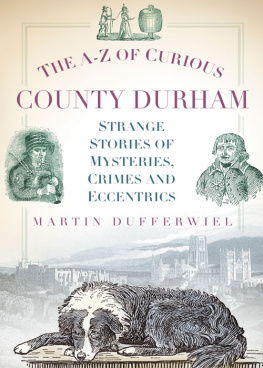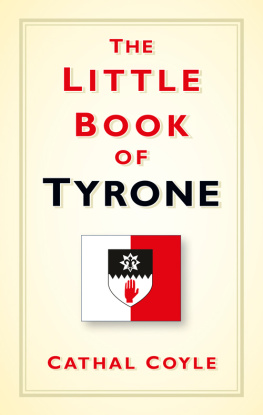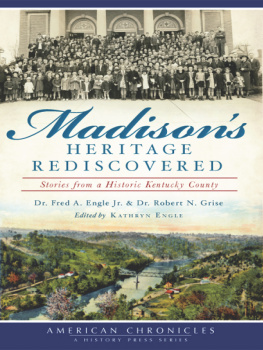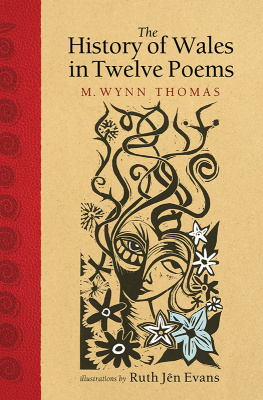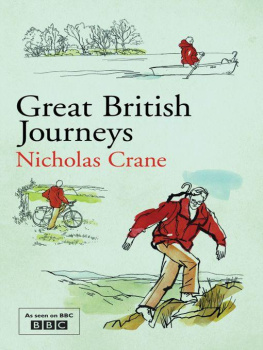
For Judith
and
Ken Lloyd Gruffydd (19392015)
for his knowledge, humour and inspiration to aspiring
local historians
B OOKS OF THIS nature would not be possible without the assistance of many people, and my grateful thanks go to the following, who have generously contributed without hesitation. However, any errors or omissions rest with no one but myself:
Abergele Field Club; Brian Taylor of Holywell & District Society; Dr Shaun Evans; the Right Hon. Lord Mostyn and the Mostyn estate; the late Mrs Nancy Hansford; the family of Jim Bentley, who did so much to record the life and times of Buckley life, and a special mention to his eldest daughter Sue, who sadly died in 2012. To Paul Davies of the Buckley Society; Tom and Iris Dillon; Chris Bailey of Dawnswyr Delyn; Mick Tems of Folkwales online magazine; Dr Miranda Kaufmann; Peter and Johanna Kaufmann; Dale Hemphill; Roy Greaves; Mrs Louise Ankers, Head of Ysgol y Waun, Gwernaffield; Jane Forking-Russell of the Black Lion in Babell; Miss Hazel Formby; Mairi and the late Charles Wynne-Eyton; the late Major Basil Heaton; Debbie Barton and Mold Golf Club; Reverend Eirlys Gruffydd; Mike Grant of the RAF Historical Society; Len Buckley; Rhiannon Griffiths, for her uncanny knack of identifying obscure stories; the USA-based Early Television Museum; Neville Dykins; Geraint Lewis; the Venerable Bill Pritchard; Reverend Ian Foster; Reverend Paulette Gower; Rowland and Irene Tennant; Reverend Neil Kelly; Simon Gerrard; Debbie Seymour; Sylvia Jones-Davies; the Grosvenor estate; Ray Davies; Eric Keen; Colin Sheen and Bagillt History Club; John King; Jonathan Evans MP; Lyndon Jones; Lachlan Mackay; Alan Roberts; Fr John Cavanagh OFMCap; Fr Anthony Innes OFMCap; Peter Robinson; Judge Geoffrey Kilfoil; Charles Ley; Quentin Dodd; Bill Carnegie; Phil Douglas; Reverend Alan Cliff; Paul Harston of Roman Tours Ltd; Dave Healey; John Williams; Chris Bithell: Michael Owens; Peter Jones; Fr Rory Geoghegan SJ; Michael Johnson; Bernie Trickett; Jeremy Evans; Mrs Doreen Jones; Paul Buck of the British Museum; Mrs Elaine Hinks-Edwards; Mrs Gill Grunwald; Kevin Matthias; the late Dr Malcolm Seaborne; Mrs Shirley Walls; Tegwyn Thomas; Noel Barnes and Hawarden Community Council; the late Hughie Owen; Colin Barber and Rhydymwyn Valley History Society; Ian Brown and the Friends of the Froth Blowers; Viv and Eifion Williams; Clive Sparrow; Richard O. Thomas; Philip Lloyd; Mold & District Civic Society Community Archive, and the Pub History Society.
The staff of Flintshire Record Office and Mold Town Library @nswers Centre have once again provided wonderful support, and I am deeply grateful to all the personnel for their patience and considerable expertise in second-guessing my requirements. Susan Phillips for her assistance, support and helpful suggestions throughout the whole lengthy process. Paul Brighton for his reading of the draft and his helpful comments and suggestions. The editorial team at The History Press for turning the draft manuscript into the book you are reading today.
No acknowledgement page would be complete without mention of my wife, Judith, who has not only given me encouragement to tackle a third book but has proofread and provided suggestions as to the content.
My apologies to anyone I have missed; I can assure you it was not deliberate but an oversight on my part.
Diolch yn fawr
Contents
The AZ of Curious
F LINTSHIRE IS AN old county and is listed in the Domesday Book; Flint Castle features in Shakespeare, and whilst the county retained its detached portion until Clwyd came into being, the county of Caernarfon had lost the detached parts of its area to Denbighshire in the late 1920s.
Despite its age, Flintshire can, as Dr John Davies said in a lecture to the Flintshire Historical Society, be considered an overlooked part of Wales, too easy to pass through on the way westward. Its heritage is rich, whether it be historic, cultural or industrial.
The county has had distinguished historians in the last century: Sir J. Goronwy Edwards, Professor Maldwyn Jones and Professor J. Gwynn Williams, all pupils at Holywell Grammar School, are just a few examples, and still today we see others following in their footsteps.
One heartening development in recent years has been the establishment of local history societies, which have enriched our knowledge of so many parts of the county. This has been due to the enthusiasm of many individuals, and David Rowe is one of them. Although not a native of Flintshire, he has immersed himself in its history and has been especially active in the Mold area; many societies have benefited from his research.
This book, because of its nature, covers much that would be lost in longer articles but at the same time deserve mention. I am sure that it will be of interest to anyone with a love of the county and its history.
M AE SIR Y FFLINT yn hen sir ac fei rhestrir yn Llyfr Domesday; mae Shakespeare yn rhoi sylw i Gastell Y Fflint, a thra cadwodd y sir ei darn tir gwahanedig hyd at sefydlu Sir Clwyd, trosglwyddwyd darnau gwahanedig o Sir Gaernarfon i Sir Ddinbych yn y 1920au hwyr.
Er yn cydnabod bod Sir Y Fflint yn hen, dywedodd y Dr John Davies wrth annerch Cymdeithas Hanes y Sir ei bod yn rhan o Gymru y gellir yn hawdd ei hanwybyddu wrth deithio drwyddi tuar gorllewin. Mae iddi dreftadaeth gyfoethog, yn hanesyddol, yn ddiwylliannol ac yn ddiwydiannol.
Magwyd haneswyr o fri yn y sir yn ystod y ganrif ddiwethaf, sef Syr J Goronwy Edwards, yr Athro Maldwyn Jones ar Athro J Gwynn Williams, pob un wedi bod yn ddisgybl yn Ysgol Ramadeg Treffynnon. A gwelwn rai eraill yn dilyn l eu traed heddiw.
Un datblygiad calonogol yn y blynyddoedd diweddar yw twf cymdeithasau hanes lleol, sydd wedi cyfoethogi ein hadnabyddiaeth o lawer ran or sir. Mae hyn yn ganlyniad i frwdfrydedd ambell unigolyn, megis David Rowe. Er nad ywn frodor o Sir Y Fflint, mae David wedi trwytho ei hun yn ei hanes, yn weithgar yn Yr Wyddgrug ar cylch yn arbennig; ac mae llawer o gymdeithasau wedi elwa ar ei ymchwiliadau.
Oherwydd ei natur, maer llyfr hwn yn delio llawer na chi sylw mewn ysgrifau hirach ond eto i gyd syn haeddu sn amdanynt. Rydw in siwr y bydd o ddiddordeb ir sawl syn carur sir ai hanes.
R . O. Thomas, Chairman of Council Flintshire Historical Society
Cymdeithas Hanes Sir Y FFlint
If history were taught in the form of stories,
it would never be forgotten.
T HE QUOTATION, by Rudyard Kipling, is very fitting for a compendium of local history stories dedicated to my adopted county of Flintshire. When The History Press first suggested I write the book as part of their nationwide AZ series, my first concern was whether there was enough fresh material available so that the book would not be just a retelling of previously published stories.
It would not be possible to tell tales of Flintshire without the inclusion of certain well-known places and events, but hopefully much will be new to many readers, and the more well-known tales will be viewed from a different angle. From the initial research the problem clearly became a matter of what was going to be left out, so who knows, there may be a demand for a follow-up book!
Flintshire is a county rich in heritage, sadly not always fully appreciated or promoted, and in this book I have attempted to illustrate its wide and varied history by recounting tales of people, places and events. As an incomer, and a Sais (Englishman) at that, I have had immense pleasure from researching the area and listening to residents stories, but I have only scratched the surface of this fascinating county.
Next page
